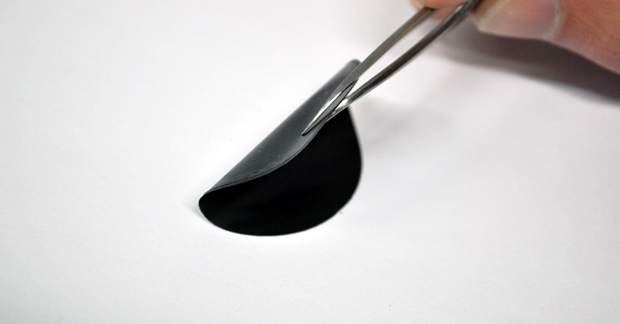 Scientists at the University of Technology Sydney have developed a new graphene paper, a composite material made from processed graphite that is as thin as paper but is stronger than steel.
Scientists at the University of Technology Sydney have developed a new graphene paper, a composite material made from processed graphite that is as thin as paper but is stronger than steel.
The UTS research team’s breakthrough with the material is the result of their unique production and heat testing method which found out these exceptional properties for the graphene paper.
The research team, supervised by Professor Guoxiu Wang, took raw graphite, purified it, filtered it with chemicals and pressed it into sheets. The graphene paper not only has ten times the strength of steel but is extremely flexible, is two times as hard and six times lighter with lower density. The graphene nanostack sheets also vaunt excellent thermal, electrical and mechanical properties.
Ali Reza Ranjbartoreh, the lead researcher on the team said, “ Not only is it lighter, stronger, harder and more flexible than steel it is also a recyclable and sustainable manufacturable product that is eco-friendly and cost effective in its use.”
The properties and promises of the graphene paper make it seem like a dream material. Indeed, it holds much potential for the automotive and aviation industries. Ranjbartoreh went on to say that the use of the graphene material would allow companies to create lighter and stronger cars and planes which would be more fuel efficient and eco-friendly. These improvements would be cost favorable for both consumers and companies alike.
A jump to the graphene paper wouldn’t be so large for aerospace companies such as Boeing who have already replaced metal with carbon-based materials. Austrialia, the country where the research was conducted, is home to plenty of the raw graphite and would welcome the boost to their industry from the graphene paper production.


